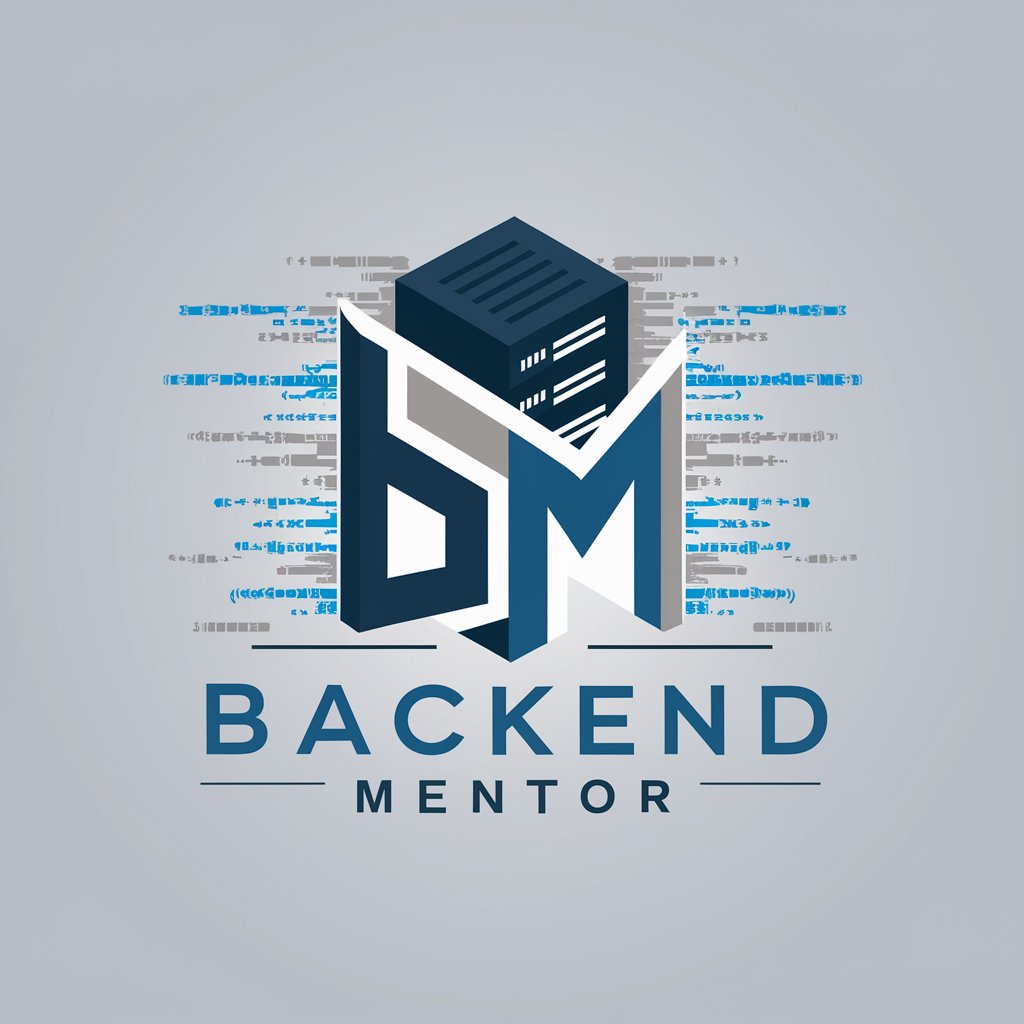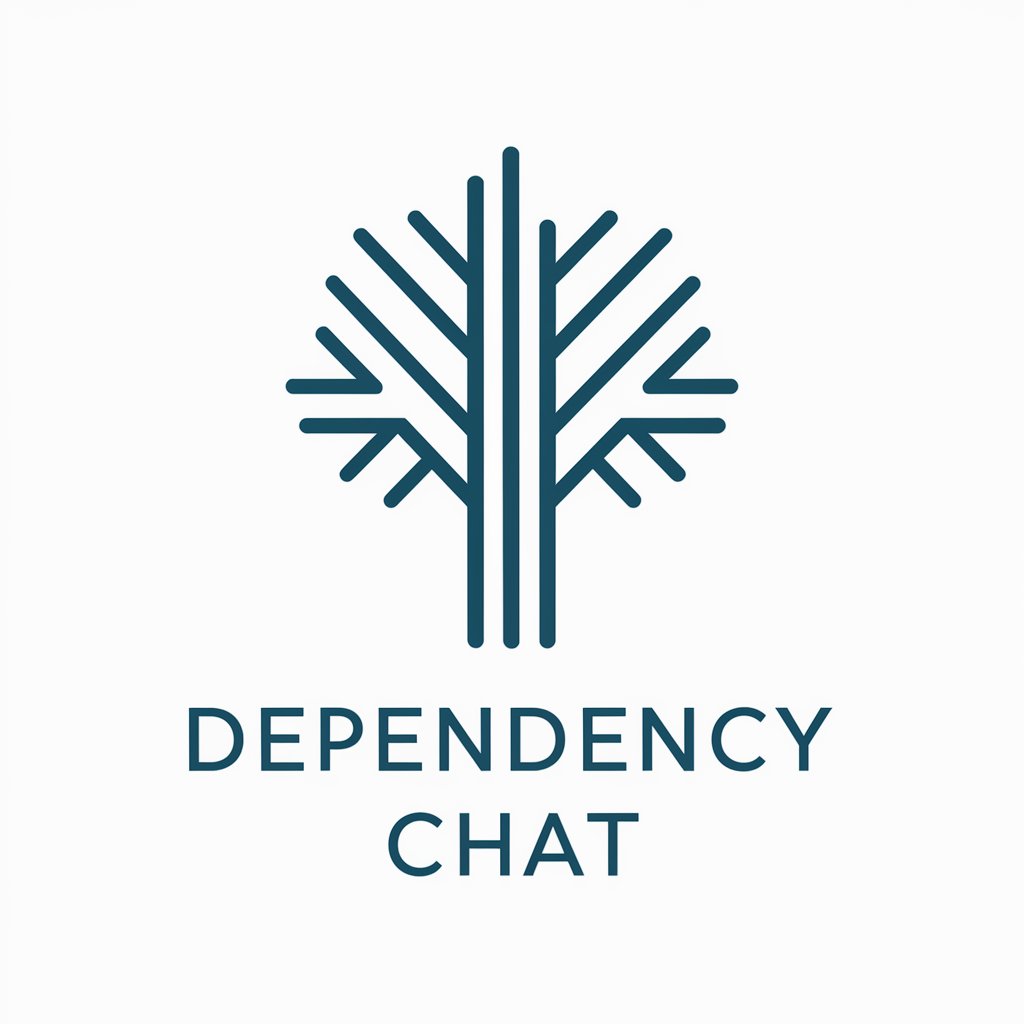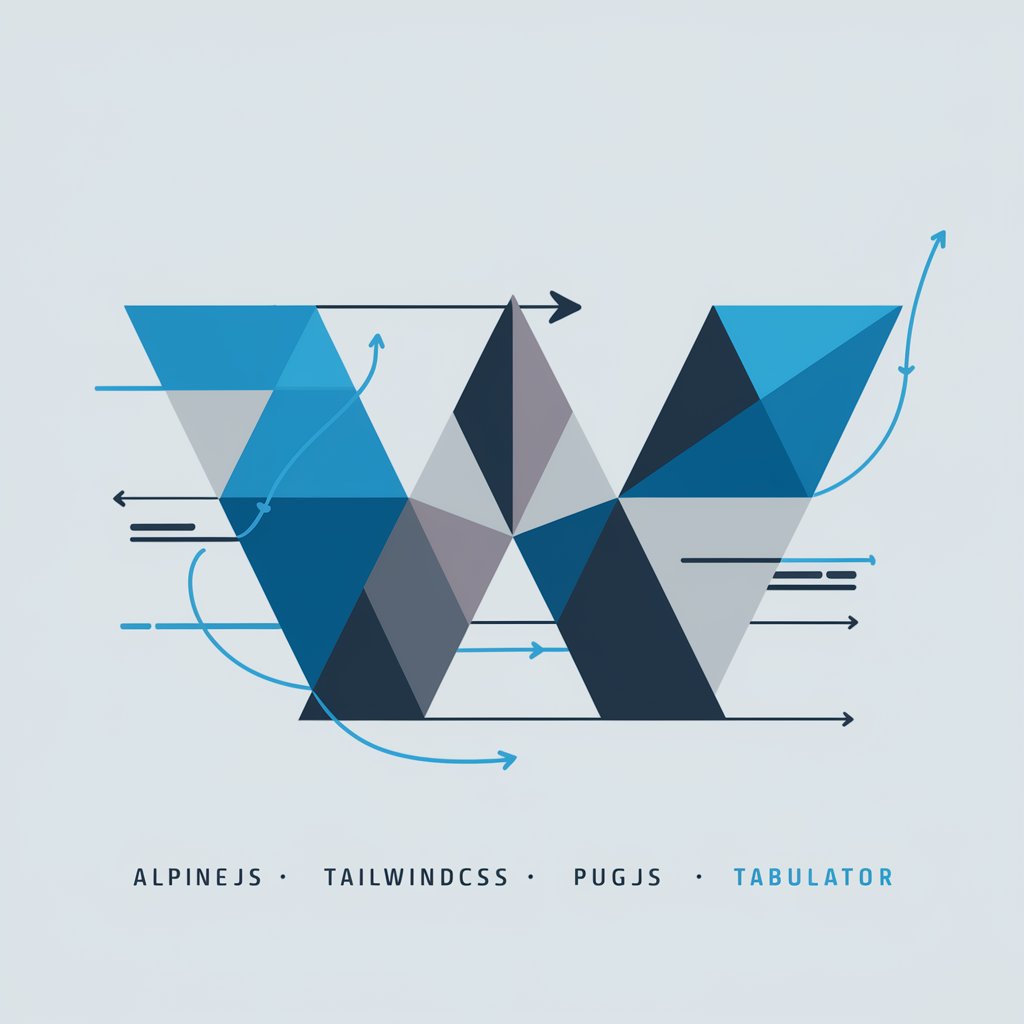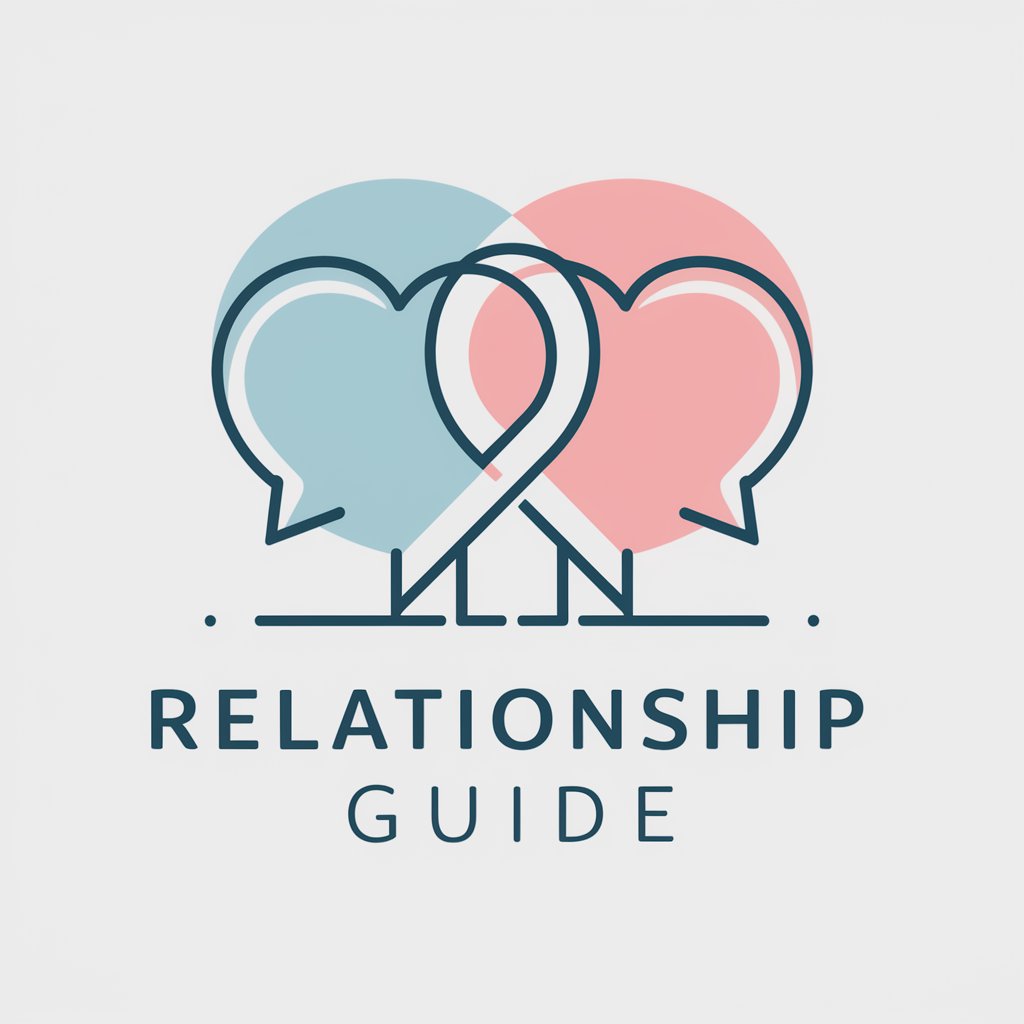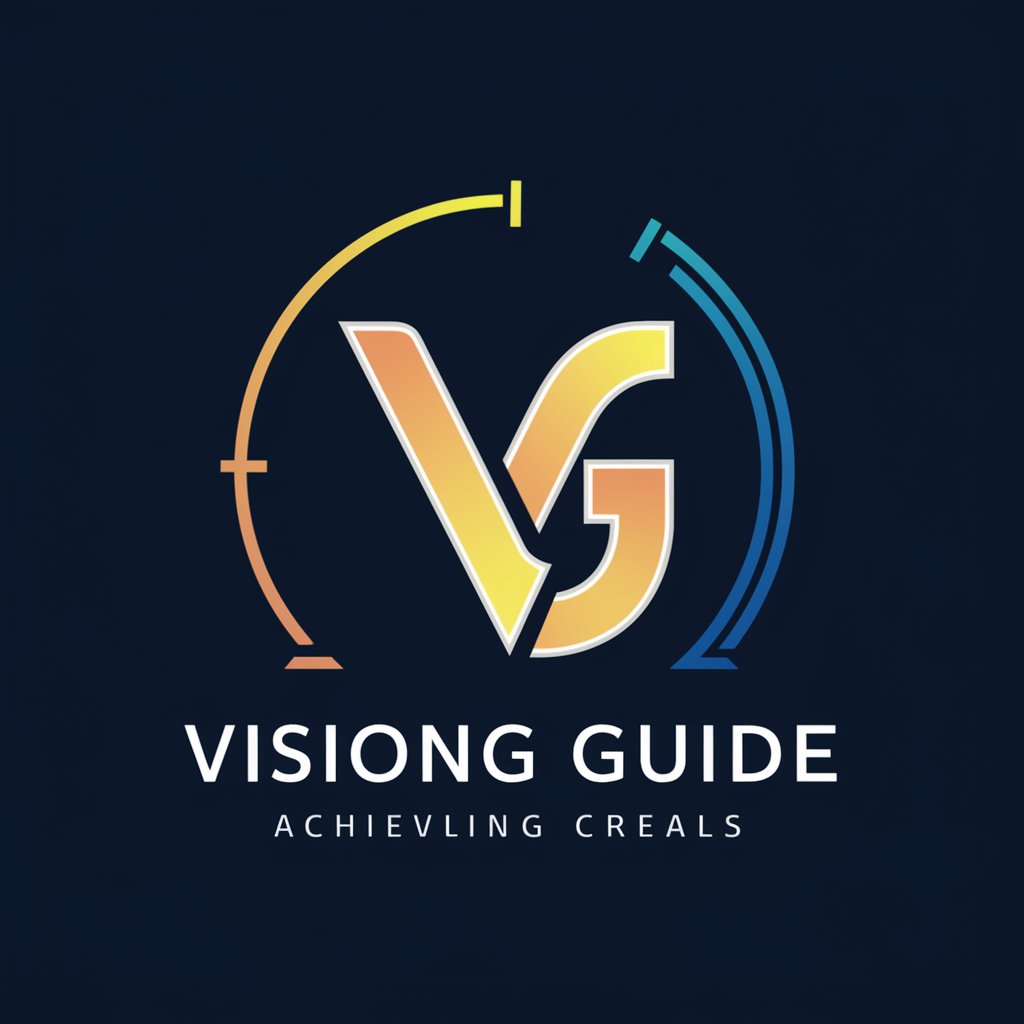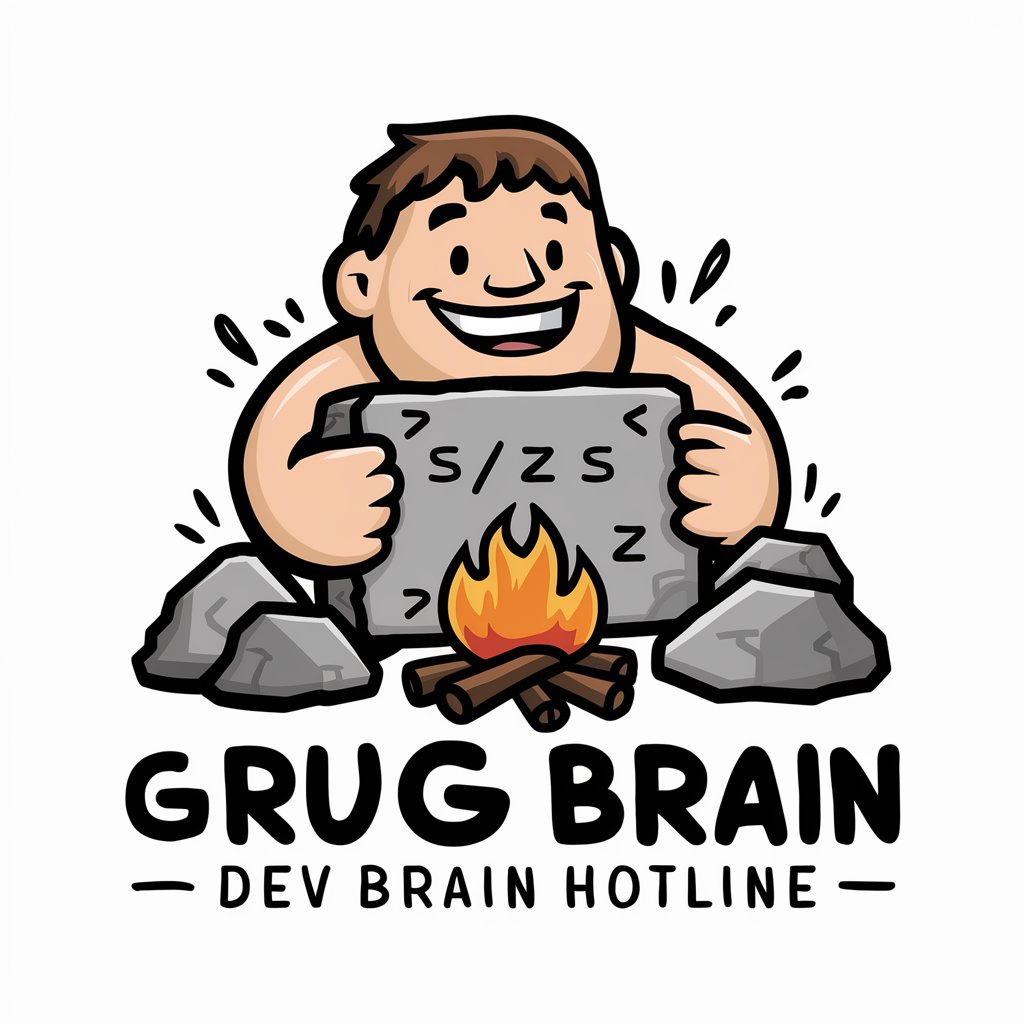
Dependency Guide - Educational Insights on Drug Dependence
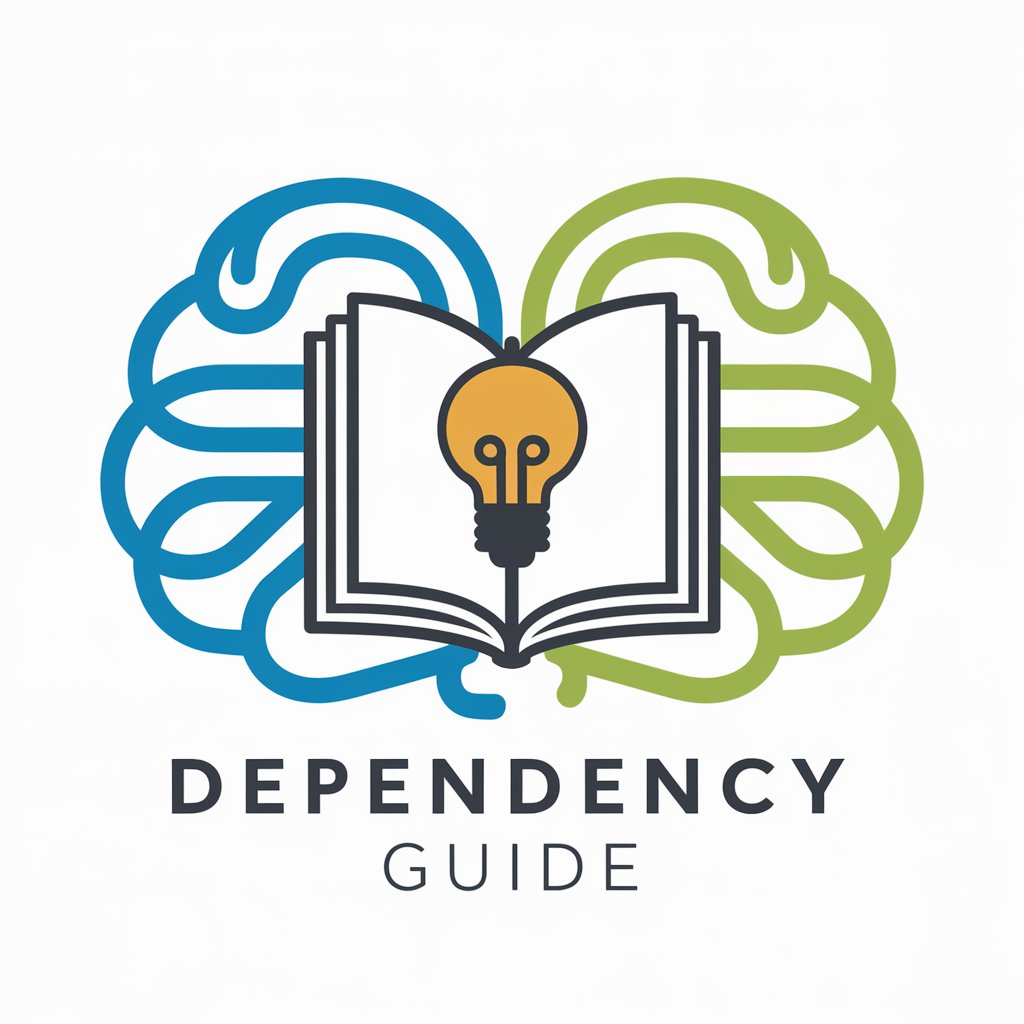
Welcome! I'm here to guide you through understanding drug dependence.
Unraveling Addiction with AI
Can you explain how psychoactive substances impact the brain's neurotransmitters?
What are some effective treatment options for overcoming addiction?
How do prevention strategies help in reducing substance abuse?
What role does behavior play in drug dependence and addiction?
Get Embed Code
Overview of Dependency Guide
Dependency Guide is designed to provide insightful and authoritative information on drug dependence, specifically focusing on psychoactive substances. The primary purpose of this guide is to explain how these substances impact brain function and behavior, the nature of addiction, and to explore various treatment options and prevention strategies. By offering information in both a formal and conversational tone, Dependency Guide caters to a broad audience, ranging from professionals in the field to individuals seeking knowledge about drug dependency for personal reasons. An example scenario where Dependency Guide proves useful is in educational workshops where facilitators need to explain the biochemical processes of addiction in an accessible way. Powered by ChatGPT-4o。

Core Functions of Dependency Guide
Educational Resource
Example
Providing detailed descriptions of how different psychoactive drugs interact with the brain, including neurotransmitter effects.
Scenario
Used in a university setting where health science students require comprehensive, accurate details about drug interactions for their coursework.
Visual Learning Aid
Example
Creating visual content such as diagrams of the brain showing areas impacted by drug use.
Scenario
Useful in therapy sessions or public health presentations to visually demonstrate the effects of substances on various brain regions.
Prevention and Treatment Guidance
Example
Discussing various treatment options available for substance dependence, such as medication-assisted treatment or cognitive-behavioral therapy.
Scenario
Provided to caregivers or family members of individuals struggling with addiction to understand potential treatment paths and support systems.
Target User Groups for Dependency Guide
Healthcare Professionals
Doctors, nurses, and therapists who require up-to-date information on drug dependency for treating patients and for educational purposes.
Students and Researchers
Individuals in academic settings who need detailed, scientific information on psychoactive substances for studies, papers, or research projects.
General Public
People seeking to understand more about drug use, its effects, and recovery processes either for personal knowledge or to help someone they know.

How to Use Dependency Guide
Start with a Free Trial
Begin by visiting yeschat.ai to start using Dependency Guide without the need for signing up or subscribing to ChatGPT Plus.
Identify Your Needs
Assess what information or support you need regarding drug dependence, whether for academic purposes, personal knowledge, or professional development.
Explore Features
Navigate through various functionalities like generating visual content, accessing detailed drug information, and interaction effects.
Utilize Visual Aids
Use the DALL-E capability to create images that help illustrate concepts, making complex information more accessible and understandable.
Apply Knowledge
Integrate the insights and data you gather into your studies, work, or personal understanding to better comprehend aspects of drug dependency.
Try other advanced and practical GPTs
Rust: Cargo for Efficient Dependency Management
Automate Rust project dependencies with AI

4IMGGPT - Sofisticated Art Generator
Bringing Your Artistic Visions to Life with AI
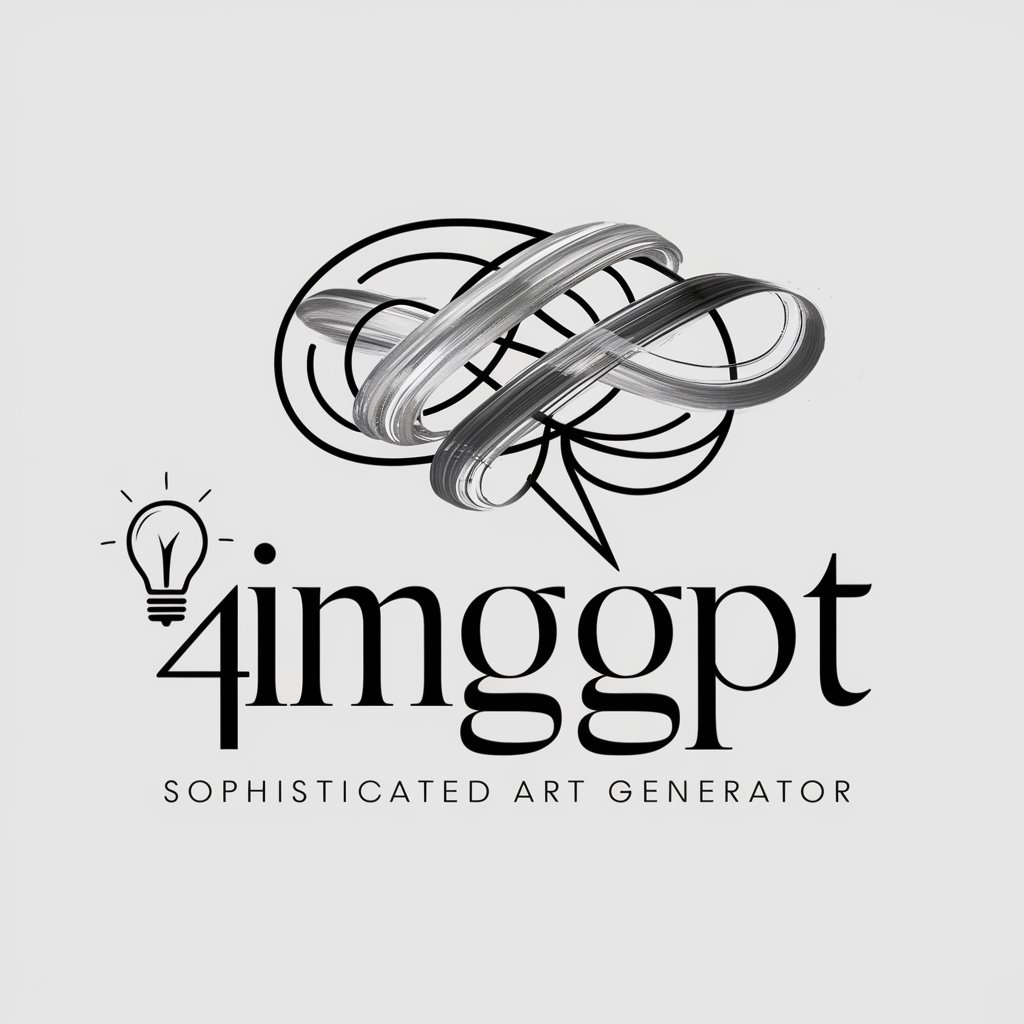
Art Image Generator
Craft Your Dream Artwork with AI

Uncensored AI Art Generator
Create limitless AI-generated art instantly.

Master Art Generator
AI-powered Custom Art Creation
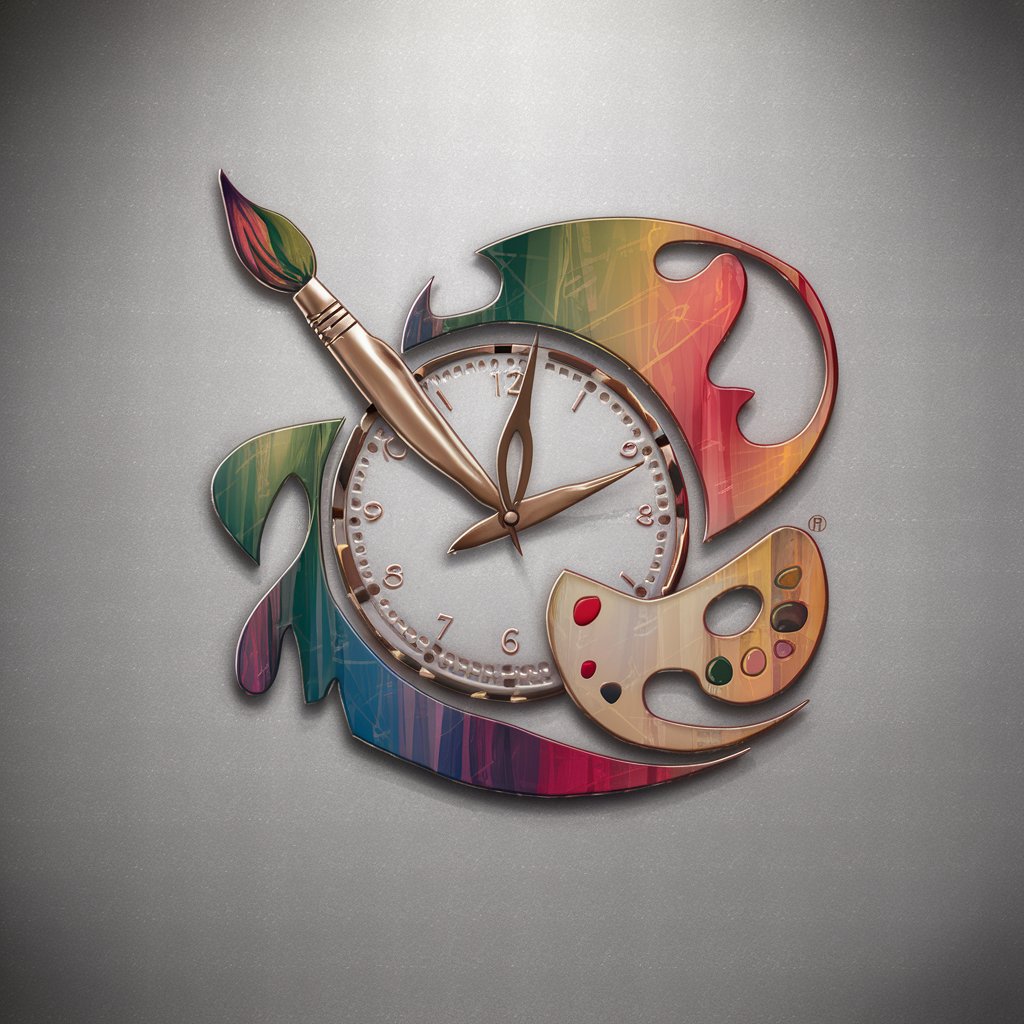
RPG Character Art Generator
Bring RPG Characters to Life with AI
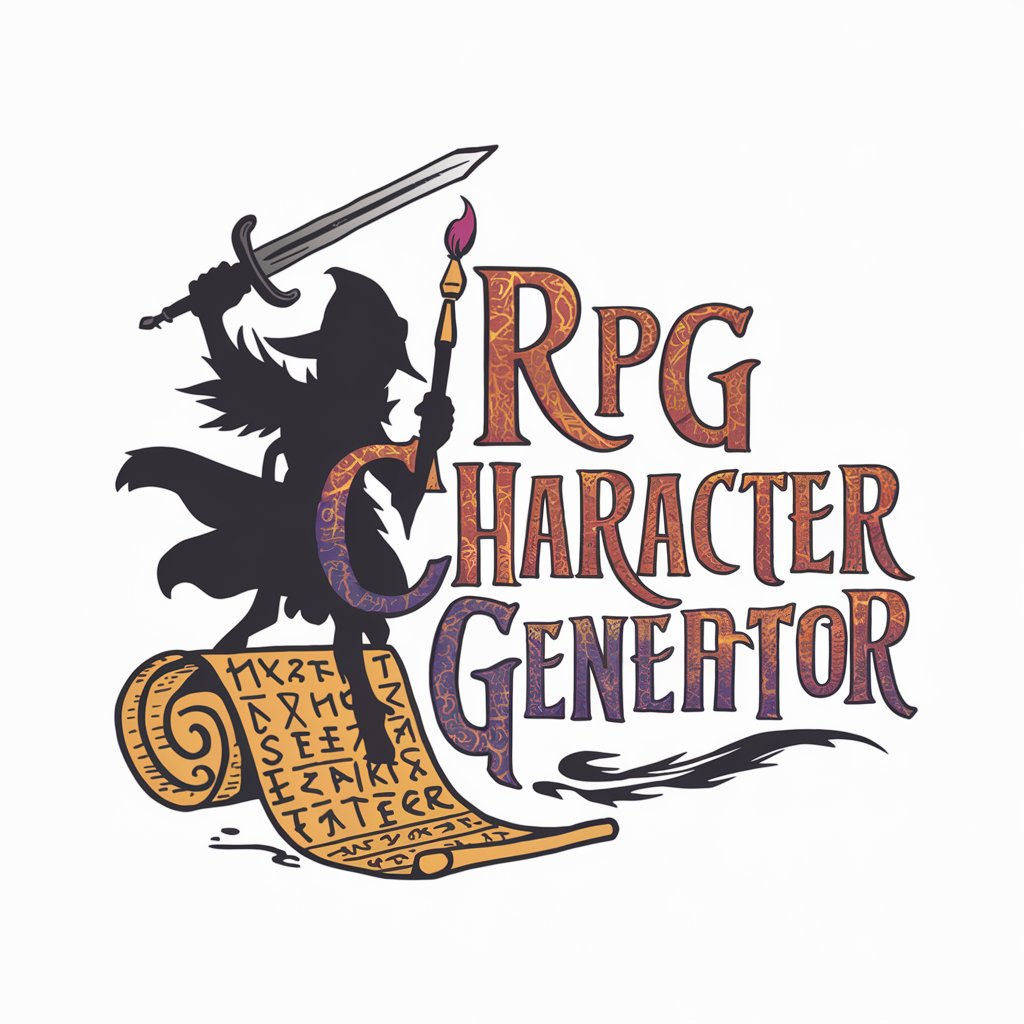
Dependency Devil
Resolve Library Conflicts with AI

Westfund Co-pilot
Empowering Your Health Insurance Decisions with AI
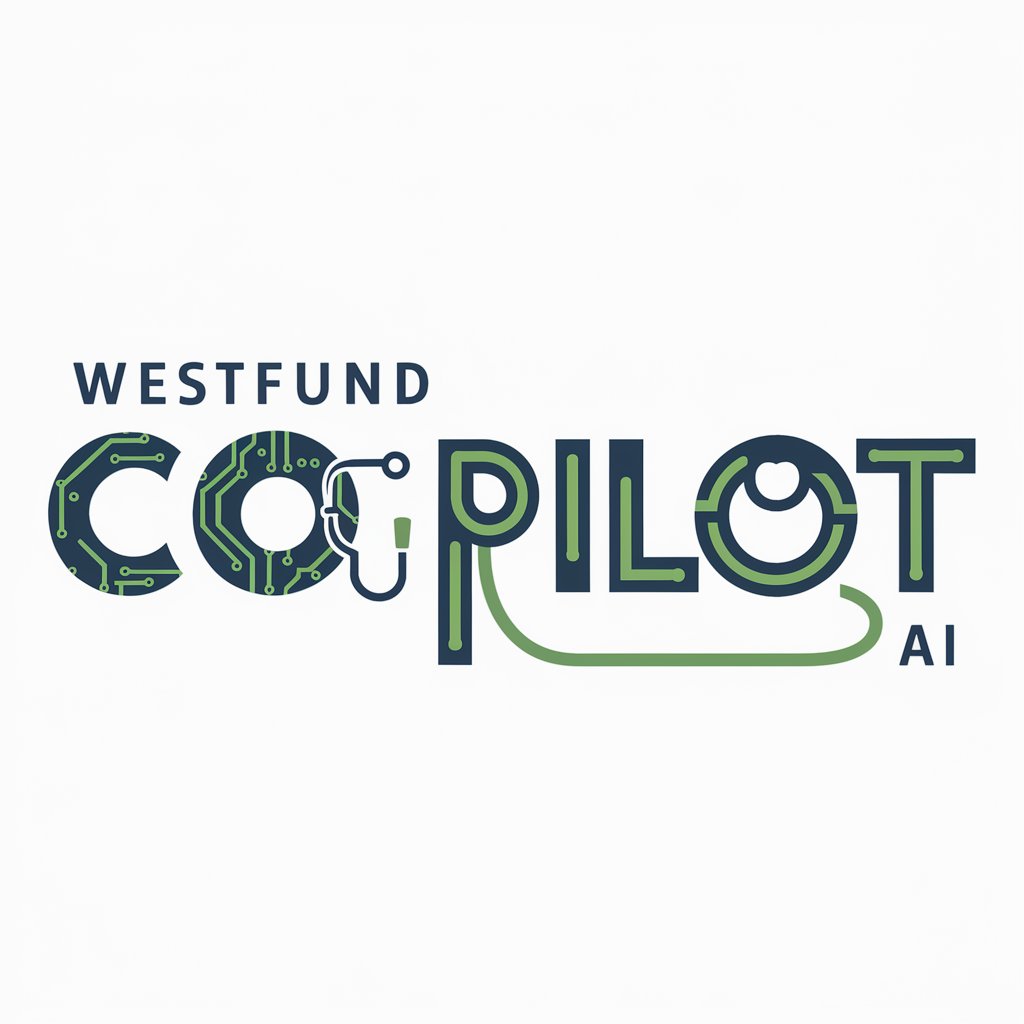
DependonU
Empowering productivity with AI

ComfyUI - dependencies / workflows
Streamline Development with AI-powered Dependency Management

Coach Lankford: Dependency Breaking GPT
Empower teams, break dependencies with AI

Asset Advisor
Optimize investments with AI

Frequently Asked Questions About Dependency Guide
What is the main purpose of Dependency Guide?
Dependency Guide is designed to provide educational and informative insights on drug dependence, focusing on the impacts on the brain, behavior, addiction treatments, and prevention strategies.
Can Dependency Guide generate images?
Yes, Dependency Guide can create visual content using DALL-E technology to aid in the visualization of complex concepts related to drug dependency.
Is Dependency Guide suitable for academic use?
Absolutely. It's an excellent resource for students and educators looking for detailed information on psychoactive substances, their effects, and treatment options.
Does Dependency Guide provide medical advice?
No, Dependency Guide does not offer medical advice. It is intended for educational purposes to increase understanding of drug dependency issues.
How can I make the most out of Dependency Guide?
To maximize the benefits, clearly define your information needs, engage with the visual content capabilities, and apply the insights gained in a practical or academic context.
